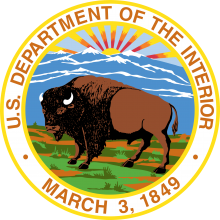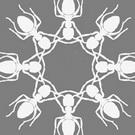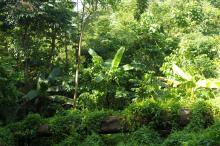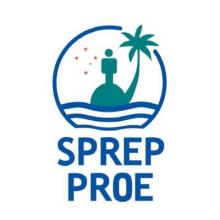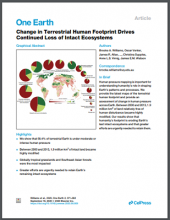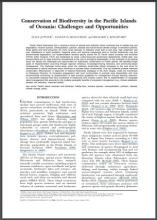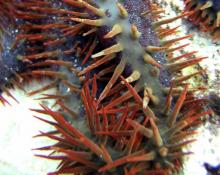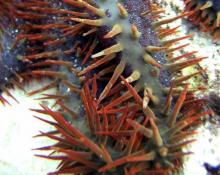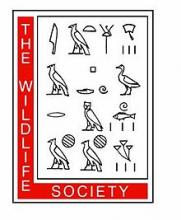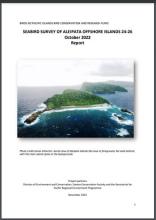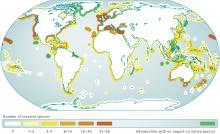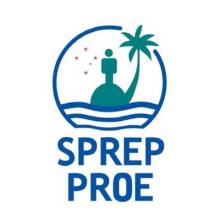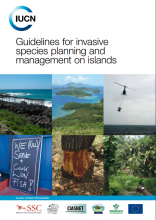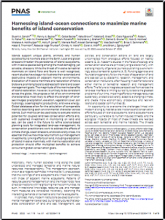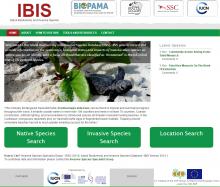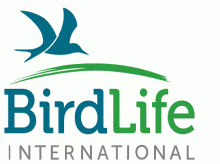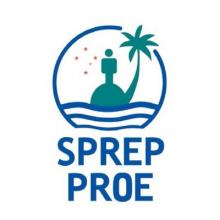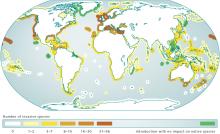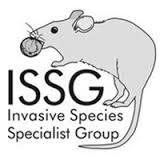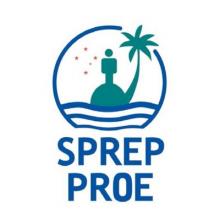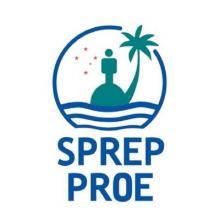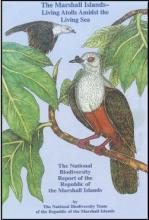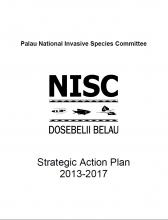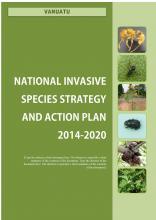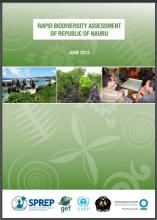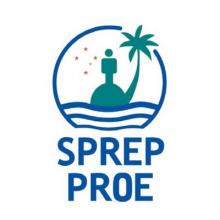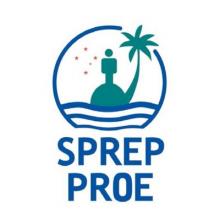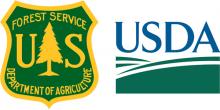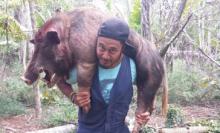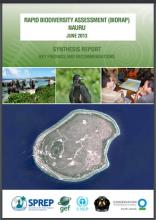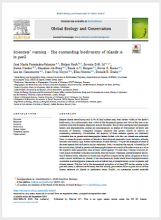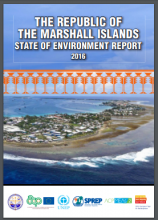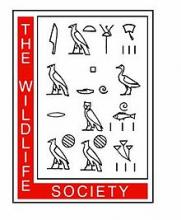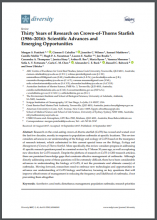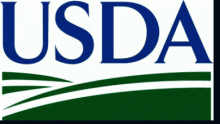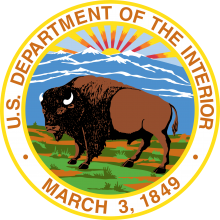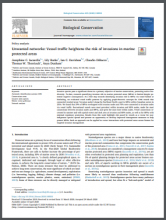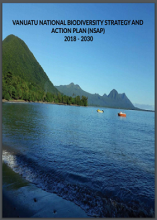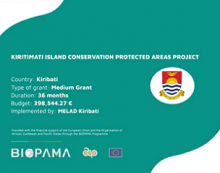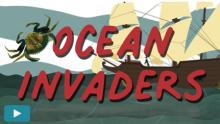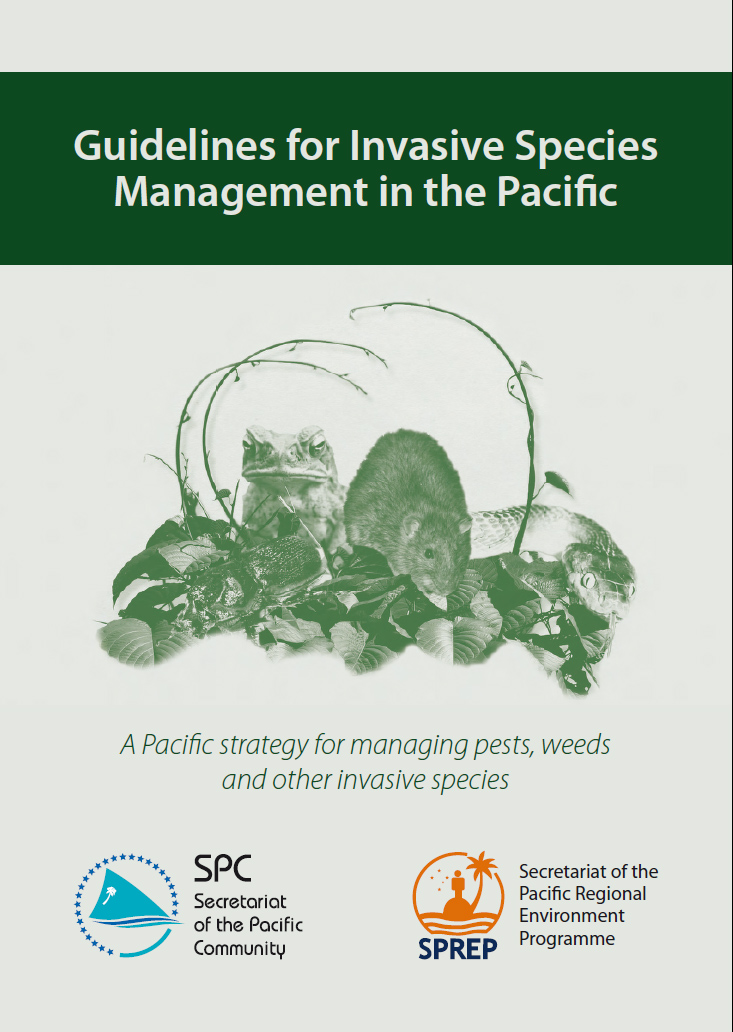
Most protected areas in the world are affected to some degree by invasive species. The spread of plants and animals across the world has been occurring since humans began travelling across the oceans and the continents bringing with them species they like and unknowingly transporting other species. Modern globalisation has made the spread of species easier. Controlling/eradicating invasive species is a continuous aspect of protected area management, a line item in the budget. Although the challenge of invasive species can be daunting, there are success stories on Pacific Islands. Recovery: The Miracle on Palmyra atoll tells the story of rodent eradication by the application of the rodenticide, brodifacoum, and the subsequent recovery of plants and animals.
What are invasive species?
Invasive species are introduced species that become destructive to the environment or human interests on Pacific Island terrestrial and marine protected areas. Invasive species can also include some native species that proliferate and become destructive following environmental changes caused by human activities. Native species are plants, animals and other organisms that occur naturally on an island or offshore in a marine environment, having either evolved there or arrived there without human intervention.
What's so harmful about invasive species?
Environmental harm by invasive species refers to a biologically substantial decrease in environmental quality as indicated by a variety of potential factors, including declines in native species populations or communities, degraded habitat quality or long-term habitat loss, and/or altered ecological processes. Environmental harm may be a result of direct effects of pests on native species, including preying and feeding on them; causing or vectoring diseases; preventing them from reproducing; outcompeting them for food, nutrients, light, nest sites, or other vital resources; or hybridizing with them so frequently that within a few generations, few if any truly native individuals remain. Environmental harm also can be the result of an indirect effect of pest species. For example, decreased water bird use of a wetland may result from pest plant infestations reducing the availability and/or abundance of native wetland plants that provide forage or nesting for water birds.
Guidelines for Invasive Species in the Pacific (Directives relatives à la gestion des espèces envahissantes dans le Pacifique)
In general, invasive species control involves using methods based upon effectiveness, cost, and minimal ecological disruption, which considers minimum potential effects to non-target species and the protected area environment. Pesticides may be used where physical, cultural, and biological methods or combinations thereof are impractical or incapable of providing adequate control, eradication, or containment. If a pesticide will be needed, the most specific (selective) chemical available for the target species should be used unless considerations of persistence or other environmental and/or biotic hazards will preclude it. Pesticide usage may be further restricted in order to comply with any nation’s or territory’s environmental laws.
Throughout the life of a protected area’s management plan, most proposed pesticide uses should be evaluated for potential effects to biological resources and environmental quality. Pesticide uses with appropriate and practical best management practices for habitat management as well as facilities maintenance should be approved for use where there likely will be only minor, temporary, and localized effects to species and environmental quality based upon non- exceedance of threshold values in chemical profiles. However, pesticides may be used in a protected area where substantial effects to species and the environment are possible (exceed threshold values) in order to protect human health and safety (e.g., mosquito-borne disease).
Major invasive species initiatives are underway in the Pacific. Pay attention to information in the following networks and projects. These web sites will be greatly expanded in the near future.
Pacific Invasives Battler Resource Base (BRB) - This resource is to assist Pacific island invasive species practitioners in their battle against invasive species. t includes the “Guidelines for Invasive Species Management in the Pacific” which outlines a set of themes and objectives to assist in forming a comprehensive invasive species programme. It includes the Pacific Invasive Species Battler Series on common Pacific topical issues and an option to see what new resources have been added lately. You can also search for documents, case-studies, reports and other media by selecting the appropriate “Guidelines” theme or objective, or use the general search function by selecting tags related to the resources.
Pacific Invasives Learning Network (for invasive species teams, information and much more)
GEF-PAS Invasive Alien Species Project
National Invasive Species Council
The National Invasive Species Council (NISC) was established by
ANTS - Pacific Invasive Ant Key
Pacific Invasive Ant Key (PIAkey) - an illustrated identification guide to invasive ant species commonly encountered in the Pacific island region.
Invasive Alien Species - Pacific
Invasive Alien Species - Pacific is Birdlife International's major thrust to save Pacific island birds.
Invasive Species in the Pacific: a technical review and draft regional strategy
Shirley, G (ed). 2000. Invasive Species in the Pacific: a technical review and draft regional strategy.
Pacific Invasives Initiative
Pacific Invasives Initiative is a leading provider of technical support and capacity development for invasive species management in the Pacific
Pacific Invasives Learning Network
Pacific Invasives Learning Network empowers effective invasive species management through a participant-driven network that meets priority needs, rapidly shares skills and resources, provides links to technical expertise, increases inform
Pacific Invasives Partnership
Pacific Invasives Partnership is the umbrella regional coordinating body for agencies working on invasive species (pests, weeds and diseases introduced from other
